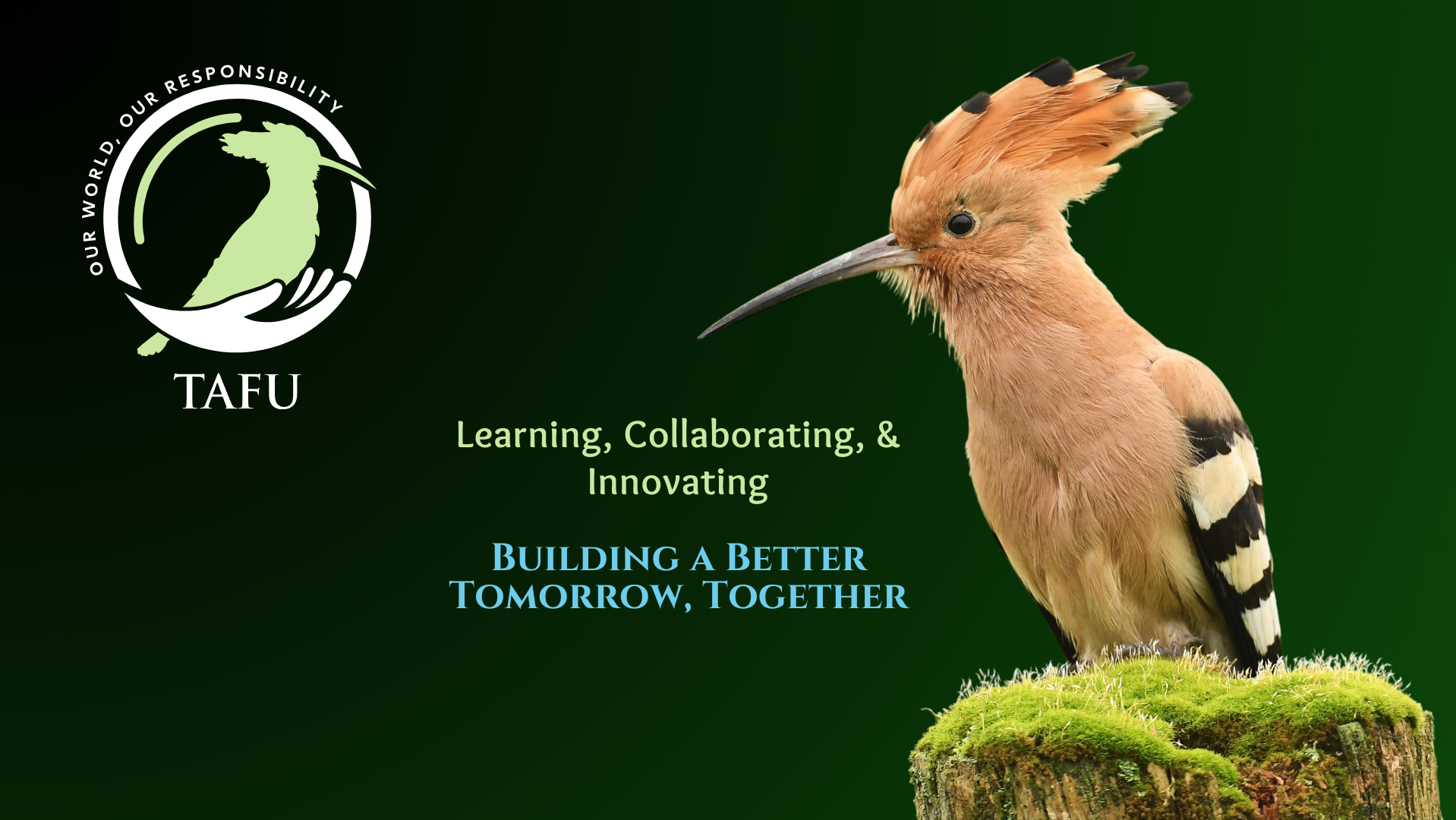Today I have encountered these two little beautiful things… by moving things in the garden, looking for rock and minerals with my camera, I noticed something walking on my camera strap, I screamed ( ups…😂😇 it scared me) Mediterranean house geckos, also known as Hemidactylus turcicus or the Turkish Gecko, just climbed up towards my neck. 😊
This species of gecko lives in the Mediterranean, as suggested by the name, however, they were introduced to North America and are now an invasive species over there 😊 Naughty little things, but we can’t blame them, can’t we?
These Geckos get between 8 and 12 cm long as adults, however, when they hatch, they are around 0.1 cm long. By the time they are one year old they have reached their full size. These small reptiles often live around humans, using any light to help them feed, as this attracts their pray at night. They usually eat by slowly advancing towards their pray and then grabbing it in their mouth, eating all sorts of insects including crickets and worms. Their skin is irregular having many bumps, some of their bumps have different colours such as brown and black. They prefer hot and humid climates, between 28 and 32 C and 60-75% humidity in the day. Geckos can easily get stressed and feel endangered and when this happens, they drop their tail, as a defence mechanism to distract birds. Although their tail will grow back, it is very bad for a gecko to lose its tail, as they store vital fat reserves there, which would result in them needing to spend more time and energy hunting. The feet of a gecko are very grippy and have small claws on their toes, which allow them to climb on almost any surface! In some of our pictures, you can see how they can easily climb on glass!
Since the underside of their bodies is see-through, people often put them in glasses or jars to try and record their heartbeat or even sometimes find an egg, however, this can cause stress to a gecko if incorrectly handled and in a container for an extended period of time. We kindly offer a jar to these two little guys and gently lure them into it to try to get some pictures of their feet sticking to slippery glass, unfriendly one left immediately, blended into the environment, friendly one though made a few circles inside, but moving way too fast for any good photos. My friend hung around and was ready to climb up and play for a bit longer, very sweet they were totally different personalities.
Although these cute little creatures seem to be benefiting from human light and therefore humans, this may also be confusing them, in cities as the temperature doesn’t change much between day and night and neither does the light intensity, this affects their temperature control habits. Therefore, it is always best to leave wild animals wild. If an animal is friendly you can interact with them if they wish but don’t force them into anything or interfere with their ways I was very happy to share a moment with these beautiful little things in our shared environment. 😊


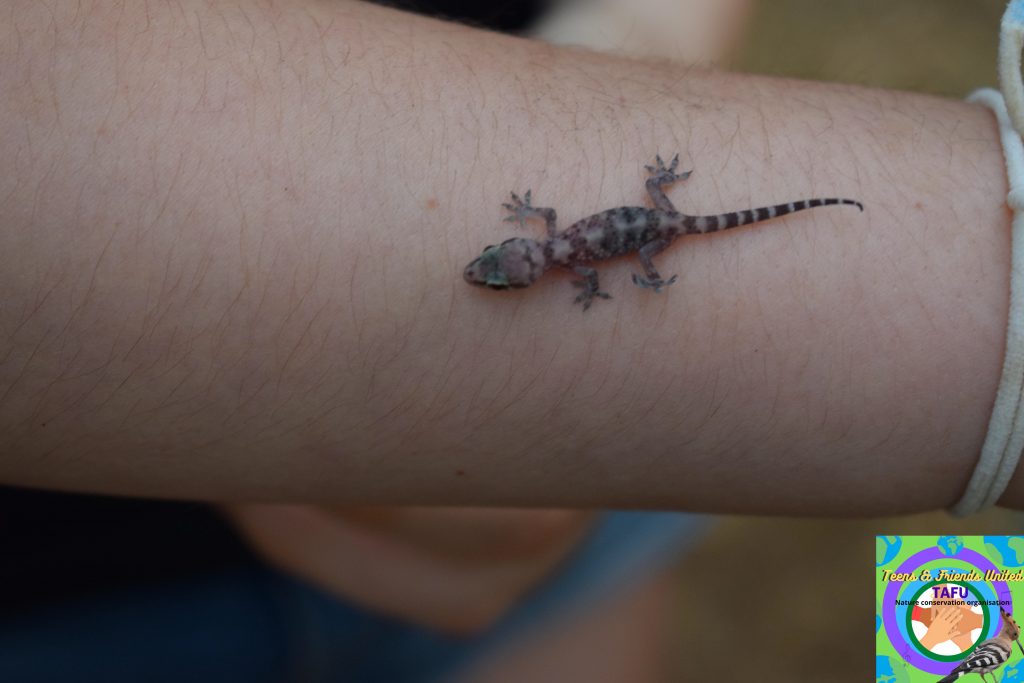



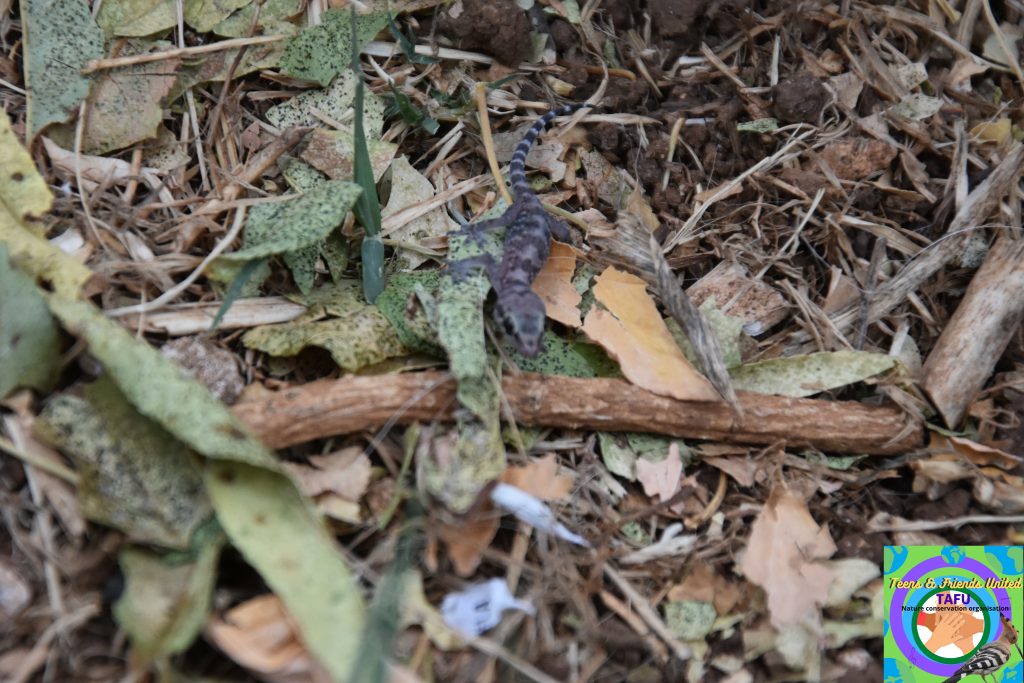

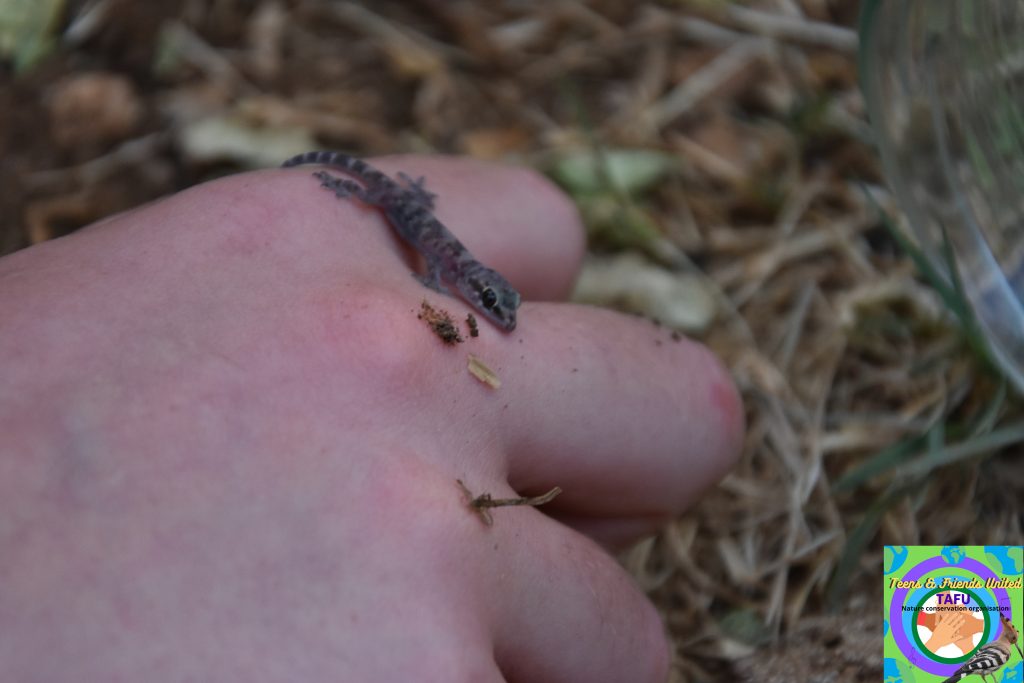
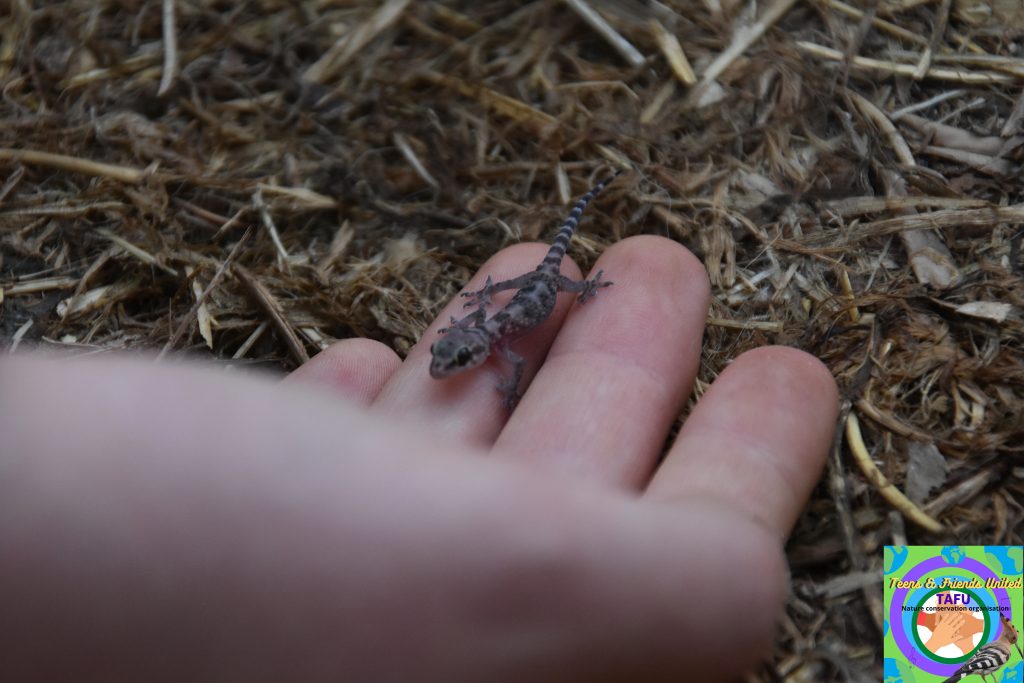

Nika Strok Underwood
